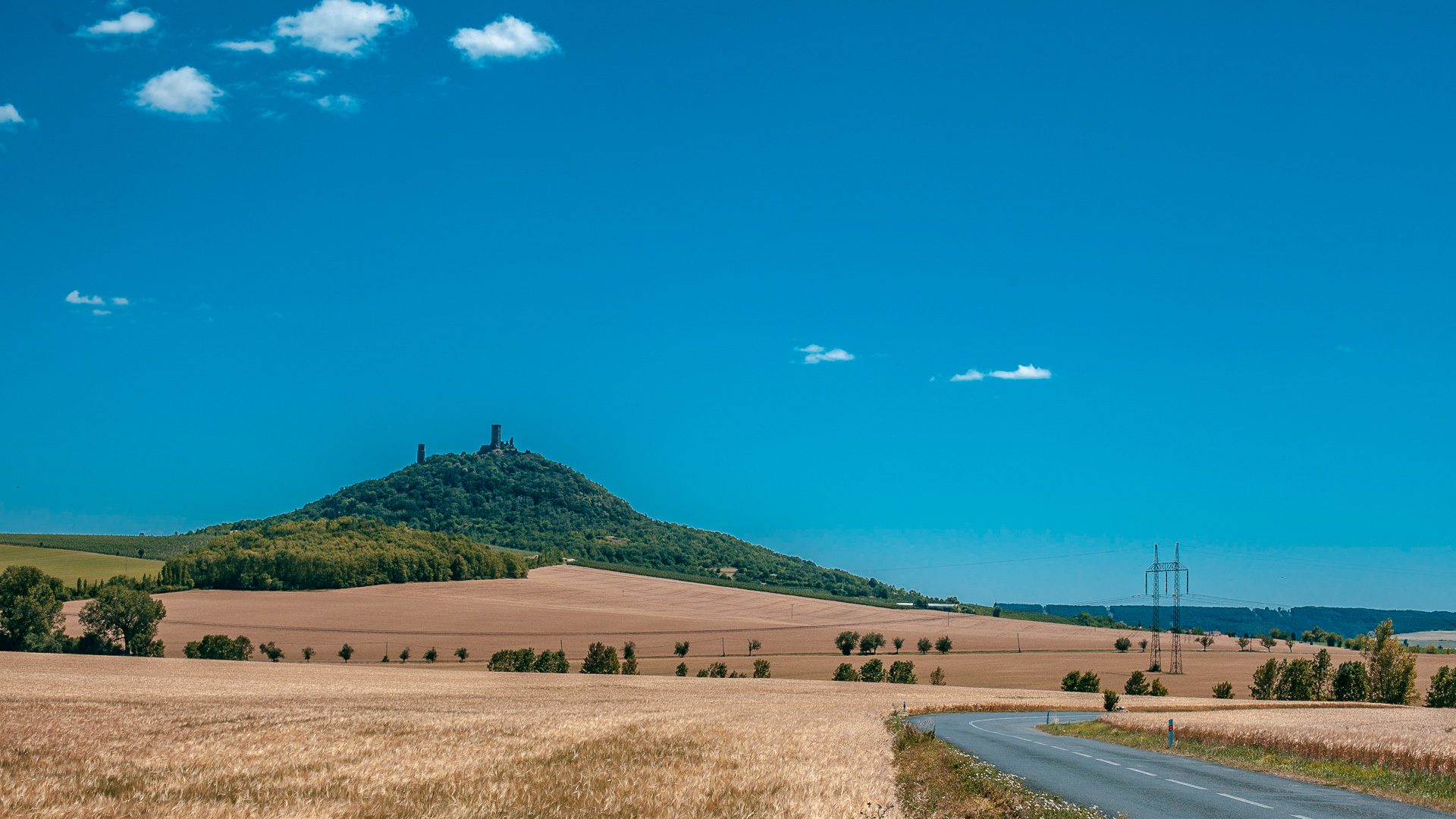It is now obvious that our planet is becoming ever warmer.
This is affecting viticulture in a number of ways.
The United Nations has even predicted that viticulture as a whole in the Northern Hemisphere might move an average of up to 111 miles (180 kilometers) farther north compared to where grapes are growing now. If this trend continues, it could spell financial ruin to long-established wine businesses, while presently less likely areas could economically benefit from diversifying into the wine market.
It has accelerated ripening and induced changes in grape composition. In already torrid parts of the world , increased sugar levels in the grapes with a consequent lack in the necessary balancing acidity lead to wines that are not only heavily alcoholic but flabby, with little prospect for successfully laying down. Many think the 14.5 percent alcohol that has become the norm for many California red wines is excessive, far more suited to a fortified wine. Obvious recommendations include developing varieties and rootstocks better suited to the new climatic conditions or planting vines in locations more suited to their needs. Predictions are that if temperatures rise another 2 degrees Celsius, growing vines will become untenable in many of the world’s more renowned wine regions by 2050.
The change is global warming is thus challenging for farmers in Europe’s traditional wine regions who seek ways to make their harvest more heat and drought-resistant.
However, warmer weather could be positive for more marginal viticultural areas, such as wine regions in the Czech republic that have always produced wine in small quantities. Warmer growing seasons improve the quality of grapes considerably. The observed climate change in the region reduces the risk for wine grapes cultivation. Due to changed climatic conditions during 1971–2010 the transboundary area of western Poland, eastern Germany and the northern part of the Czech Republic is now suitable for the cultivation of wine grapes, even for varieties that are demanding in terms of accumulated heat.
There, traditional wine regions like Litomerice and Mikulov have a long-standing tradition for white wine, but for the last 20 years, red grapes are also being introduced into the mix.
The winemakers are benefiting from all this, having experienced a great number of good vintages. One of the main varieties used is the finicky Pinot Noir, which requires a very narrow temperature range if it is not to lose its silky elegance.
The global trend anyway is planting more resistant grape varietals such as Hibernal and Solaris or using slopes they had not previously considered to provide a suitable terroir for growing grapes. Winemakers are trying new varietals and methods and the traditional wine industry is beginning to notice some steep competition.
Perhaps we will soon see red wines made out of Syrah and Grenache from Moravian grapes, not by adding bulk wine from Chile !



Thank you for your reading. Join the conversation by posting a comment.